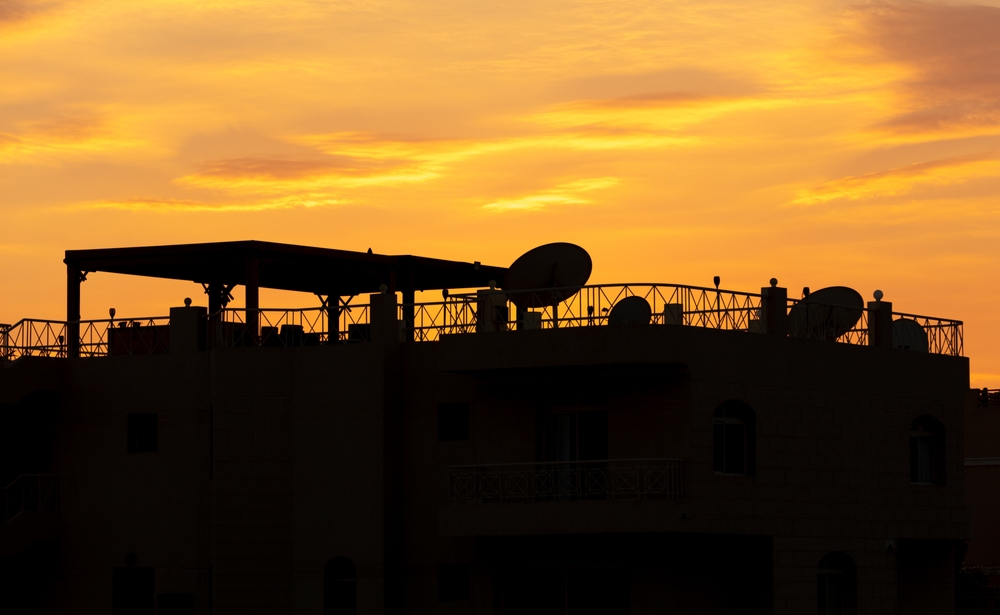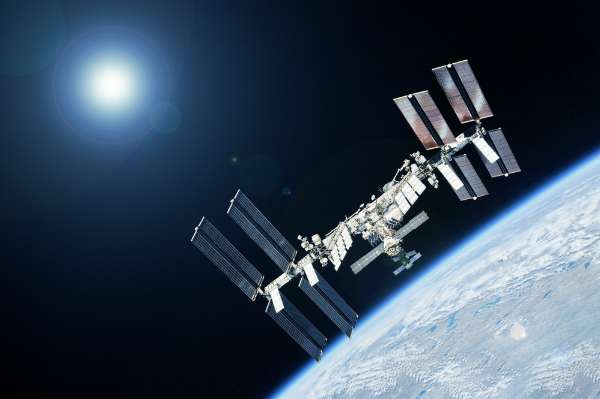The National Science Foundation (NSF) has reached an astronomy coordination agreement with SpaceX to help minimize interference in increasingly crowded outer space. SpaceX plans to launch more low-orbit satellites and increase its Starlink internet service coverage.
The NSF relies on its ground-based observations, and the increasing number of satellites poses a major problem to that. Some of the images captured by the NSF require long exposure times, and any satellites passing through the field of observation can cause problems. In a study by Przemek Mroz, a former Caltech scholar, satellite interference has increased from 0.5 percent in 2019 to 20 percent in 2022.
With this new agreement, the NSF and SpaceX will increase cooperation to mitigate the impact of satellites on astronomical facilities. SpaceX is committed to working on the NSF's recommendations for reducing its satellites' optical brightness as well as making physical design changes. The NSF also recommends that SpaceX share orbital information publicly so that astronomers can schedule observations accordingly.
In an effort to reduce the impact of its satellite constellation, SpaceX is already working on redesigning its second-generation Starlink satellites. The redesign includes dielectric mirror film, solar arrays, and other modifications to help reduce brightness. These changes are expected to significantly decrease the levels of satellite interference with astronomy facilities.
Apart from optical interference, satellites can also cause radio interference, as satellites often use radio bands. While no solution has been offered as of this writing, SpaceX has agreed to address these concerns about radio interference. As Starlink's satellite constellation grows, all stakeholders must work together to address the concerns of the astronomical community.
NSF Director Sethuraman Panchanathan is confident that the stage is set for increased coordination and a successful partnership between public and commercial efforts to allow space science and satellite communication to flourish.
Impact on the Internet Industry

The agreement between the NSF and SpaceX will have some implications for the internet industry. There was already a delay in Starlink's plans to launch new satellites into orbit, so with its new initiative to redesign its satellites before launch, the delay has been extended. Regulatory agencies might also revise their standards for satellite systems and require certain modifications.
Starlink already has over 1 million subscribers in the U.S., with many locations in remote or underserved areas. The expansion of satellite internet service might slow down in the short term as a result of the agreement, but in the long run, this will help build a more sustainable foundation for growth. The increased coordination between astronomers and Starlink could lead to technological advancement that can improve the availability and speeds offered by satellite internet. In addition, Starlink's satellite internet competitors, such as Viasat internet, are watching the proceedings, as they can expect the NSF and regulatory bodies to enter into similar astronomical coordination agreements with them.


